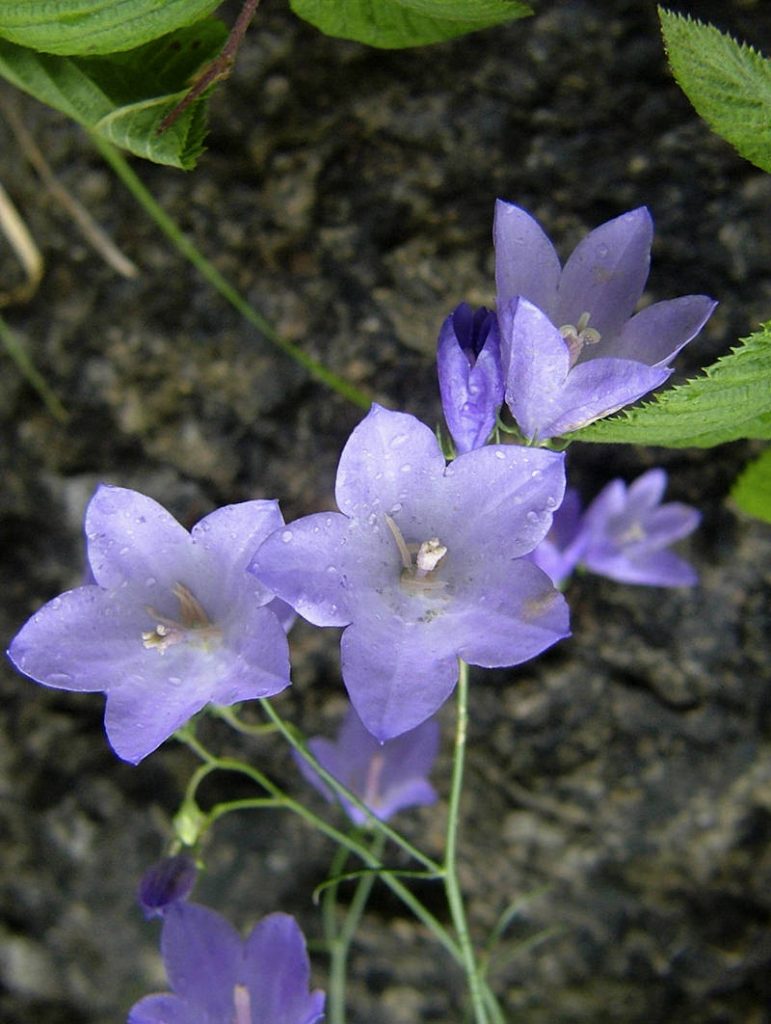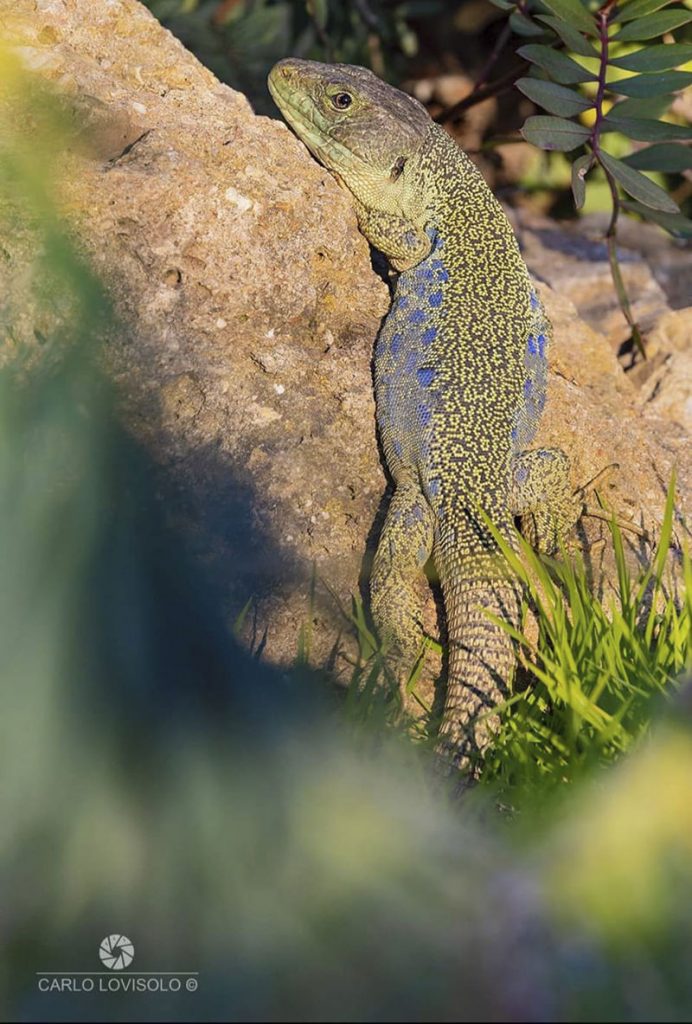Un laboratorio per la biodiversità

Un laboratorio per la biodiversità
Il Promontorio di Varigotti e la zona circostante, che si estende verso il Malpasso e Capo Noli, rientrano tra i luoghi più interessanti della Riviera di Ponente sotto l’aspetto floristico e più in generale della biodiversità.
Le condizioni climatiche, di tipo temperato umido, caratterizzate da modeste precipitazioni e temperature medie annue assai elevate, associate a substrati prevalentemente calcarei e a un’esposizione favorevole, giocano un ruolo decisivo nel rendere quest’area particolarmente adatta ad ospitare piante e formazioni tipiche della flora e della vegetazione mediterranea.
Alcune specie, definite come paleomediterranee, si diffusero e sopravvissero durante i rigidi periodi glaciali dell’ultima era geologica proprio in questi ambienti più favorevoli. Tra di esse troviamo alcune entità protette, come la Campanula sabatia o campanula di Savona, la Campanula isophylla o campanula a foglie uguali e il Convolvulus sabatius o vilucchio savonese.

Altre specie di pregio e di una certa rarità, in quanto raggiungono qui i limiti più settentrionali del loro areale di distribuzione, sono il Limonium cordatum, detto anche statice, che si rinviene nelle fessure delle rupi sul fronte costiero, la Malva subovata o malvone marittimo e il Coris monspeliensis o coris di Montpellier.
Una arbusto emblematico della flora mediterranea costiera è l’Euforbia dendroides o euforbia arborea, che perde le foglie in estate per riprendere vitalità tra inverno e primavera in modo da sopravvivere all’intensa aridità estiva.
La rassegna fotografica allegata a questa scheda potrà servire per riconoscere le specie più significative della flora del Promontorio di Varigotti, anche in assenza di fioriture.
L’intera area dei dintorni, talvolta inaccessibile per i dirupi a picco sul mare, ospita diverse formazioni vegetali, con garighe, macchie, leccete e pinete a pino d’Aleppo che creano ambienti naturali ricchi di opportunità per animali selvatici come il cinghiale, la volpe, lo scoiattolo rosso, il riccio, oltre a diversi uccelli rapaci, tra cui il falco pellegrino, il gufo reale, il gheppio, lo sparviero e la poiana.

Tra i rettili si ricorda la lucertola ocellata che viene qui ospitata in cattività essendo molto difficile osservarla in natura per la sua rarità ed elusività.
Anche alcune specie di anfibi, come la raganella mediterranea e il pelodite punteggiato, sono stati introdotti in pozze d’acqua artificiali, essendo in forte riduzione nelle aree litoranee della Liguria di Ponente.
Questa piccola porzione di territorio finalese racchiude in sé un prezioso tesoro di grande valenza naturalistica e costituisce un patrimonio d’interesse nazionale che impone rispetto e cura a garanzia della sua salvaguardia e valorizzazione.


A laboratory for biodiversity
The Varigotti Promontory and the surrounding area, extending towards the Malpasso and Capo Noli, are among the most interesting places of Western Liguria regarding flora and biodiversity.
The temperate-humid climate conditions, characterized by moderate rainfall and very high annual average temperatures, together with mainly calcareous substrates and a favorable exposure, make this area particularly suited to house plants and plants formations typical of the Mediterranean flora.
Some species, known as paleo-Mediterranean, spread and survived in these favorable environments during the cold glacial periods of the last geological era. Among them, we can find some protected species such as Campanula sabatia (or Campanula of Savona), Campanula isophylla (or equal-leafed Campanula) and Convolvulus sabatius (or bindweed of Savona).

Other precious and rare species, since they reach here the northern limit of their distribution range, are Limonium cordatum (or statice), that can be found in the cracks of the rocks on the coastline, Malva subovata (or maritime hollyhock) and Coris monspeliensis (or coris of Montpellier).
An emblematic shrub belonging to the Mediterranean flora is Euforbia dendroides (or euphorbia arborea), which loses its leaves during summer to survive to intense aridity and comes back to life between winter and spring.
The collection of photographs attached to this tab may help to recognize the most important species of the Varigotti Promontory flora, even without flowering.
The surrounding area, sometimes impervious due to the cliffs overlooking the sea, houses many plants formations, with garrigue, scrubland, holm oak woods and pine woods with Aleppo pines. They provide an ideal natural environment for wild animals such as wild boars, foxes, red squirrels, hedgehogs, as well as for many birds of prey such as peregrine falcons, eagle owls, kestrels, sparrowhawks and buzzards.

Among the reptiles we must mention the ocellate lizard, here housed in captivity because, due to its rarity and elusiveness, it’s quite difficult to observe it into the wild. Some species of amphibians such as the Mediterranean tree frog and the speckled pelodytes, being the number of specimens sharply reduced in Western Liguria, have been introduced in artificial pools of water.
This little section of territory belonging to Finale Ligure contains a precious treasure of great naturalistic value and represents an heritage of national interest which must be respected and preserved to grant its preservation and valorization.


RIMANI AGGIORNATO
ISCRIVITI ALLA NEWSLETTER
RIMANI IN CONTATTO


